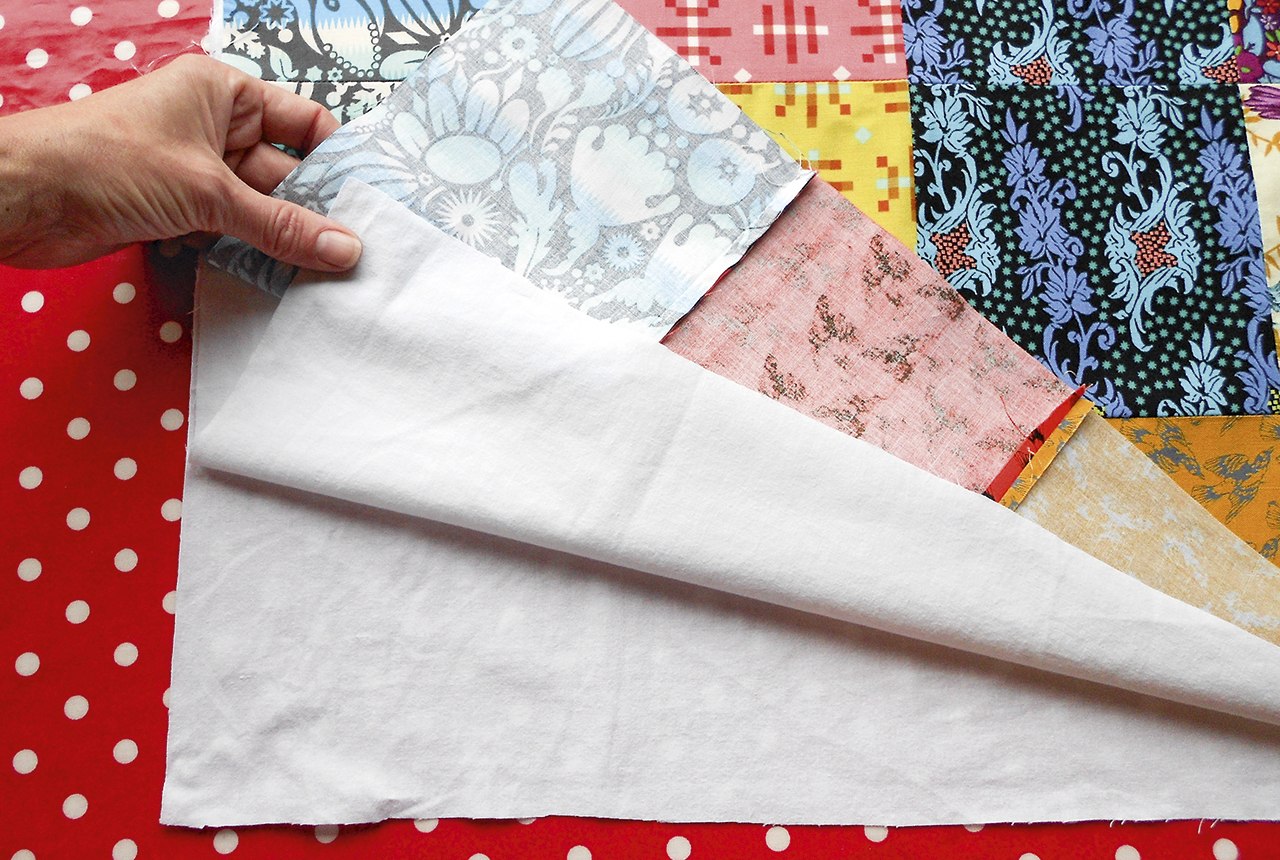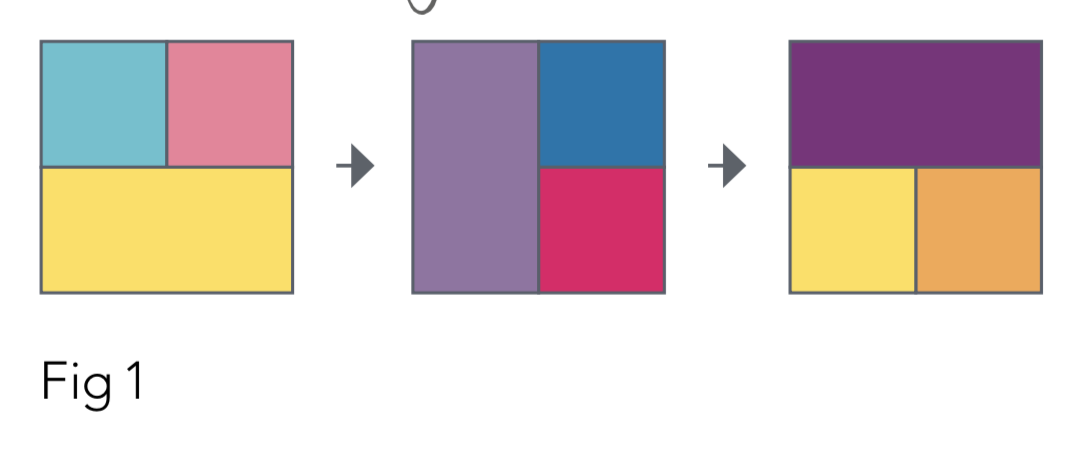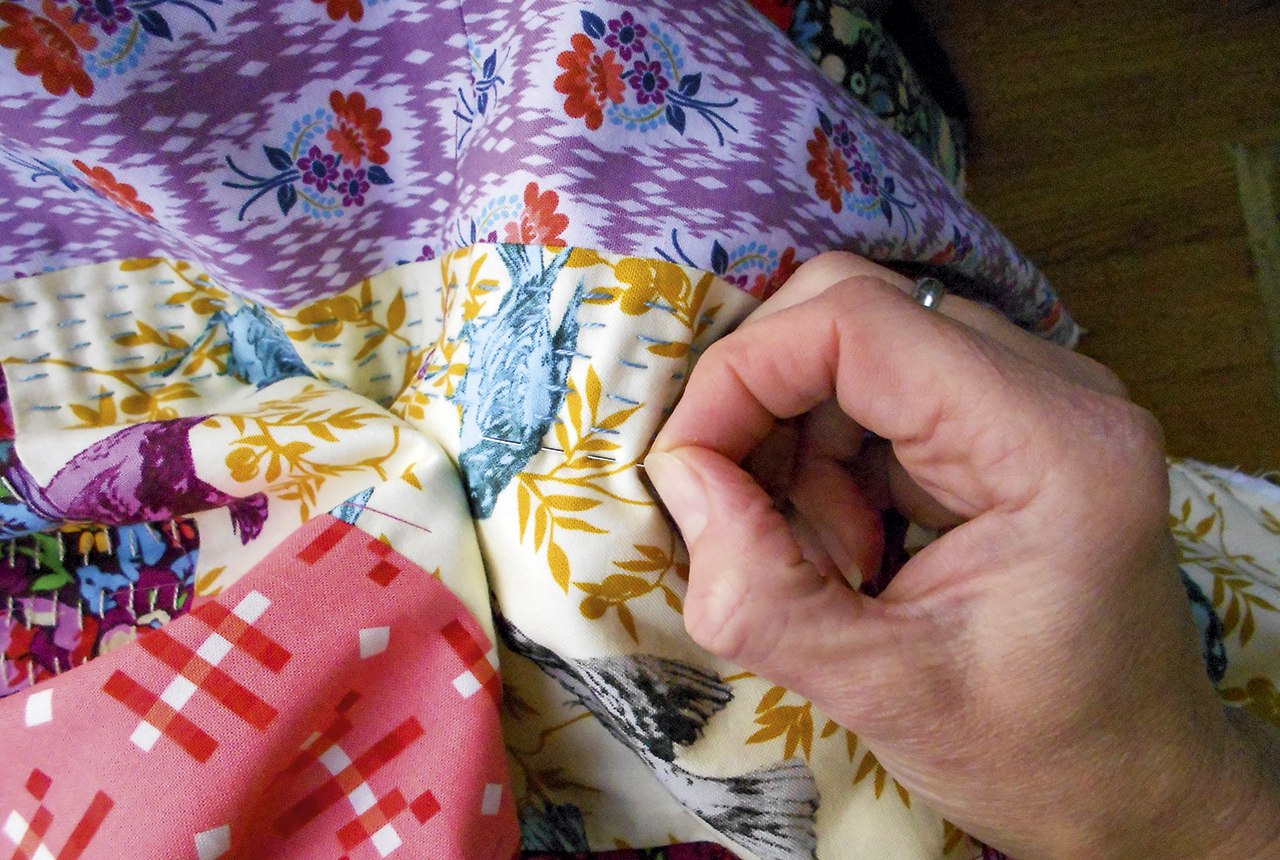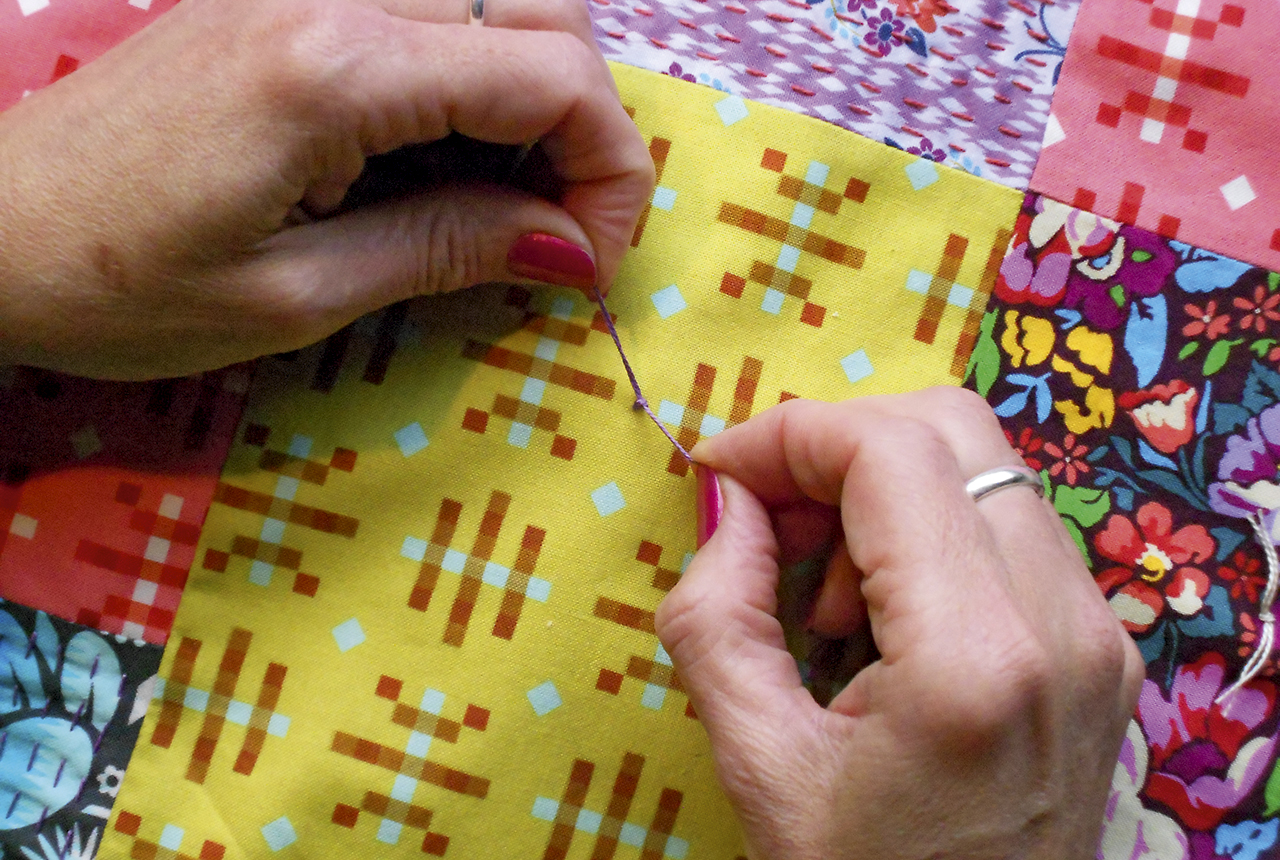Whether you use it as a throw or a quilt, a homemade Kantha quilt has a luxurious feel with lots of colour, patterns.
Traditional Kantha quilts feature Kantha-style embroidered running stitches and layers all tied together.
As it's inspired by traditional Kantha quilting, the Kantha quilts here are a little different from a traditional quilt.
Instead of a central layer of batting or wadding, we've added layers of old sheet, which you secure with Kantha embroidery. You then sew backing to the front panel, right sides together, turn inside out and finish with knots of beautiful thread.
Give it a go and let us know how you get on!
What is a Kantha quilt?
Kantha is a traditional Indian embroidery technique, mainly from Bangladesh and Bengal. As with Western quilting, it is a way to use up old textiles: layers of old saris are stitched together to form bedspreads or used for cushions.
We have used old sheets rather than batting in this project to evoke the traditional ‘drapey’ feel of these pieces. We asked the amazing Manjari Singh to explain more about what Katha quilts are so it's over to you Manjari!
More about Kantha quilts
Winters in India are all about munching on roasted peanuts, drinking chai and snuggling up in a Kantha quilt.
Originating from the West Bengal region of India, Kantha is the oldest form of quilting. Kantha literally means ‘rags’ and that is what was used to make these quilts. The technique was born out of need to repurpose old saris, as women in that region wear handwoven cotton saris every day.
Women would come together as a community in small villages and sew quilts from their old clothes. Slowly this became a community project, especially during wedding seasons, and the quilts became more ornate: a scene or story from the year would be embroidered on plain white muslin to mark the occasion or commemorate an event.
The beauty of this embroidery lies in its simple technique using running stitch. Plus, the raw and often unplanned quilting makes each quilt unique. - Manjari Singh
How to make a Kantha quilt video
Use our Kantha quilt video tutorial to see the quilting process in action. It includes how to layer the bedsheet fillings, Kantha embroidery and the securing knots.
Daylight Lamp – Slimline floor lamp
We’re using a Slimline floor lamp from the Daylight Company.
This helps us see the small Kantha stitches on the colourful and busy patterns of the quilt blocks as we stitch the layers together.
The 4-step dimmer lets you choose the best illumination for your project. Because the LEDs don’t give off heat, it keeps things comfortable working on larger projects like quilts.
There are 2 flexible joints in the neck of the lamp which make it easy to adjust to the exact position you need. The wide field of illumination is great for bigger projects like the Kantha quilt where you want good accurate light over a large working area.
How to make a Kantha quilt step-by-step guide
This quilt was designed by Jo Avery for Love Patchwork & Quilting magazine and is just one of our series of quilt patterns and upcycling projects
Things you'll need to know for the Kantha quilt
- Seam allowances are ¼in throughout, unless otherwise stated.
- We used fat quarter halves for our prints.
Fabrics used in the Kantha quilt
All of the print fabrics shown are from Honor Roll by Anna Maria Horner for Free Spirit Fabrics.
It's quite hard to come by here in the UK now but you can still shop some Anna Maria Horner fabrics over on Etsy.










